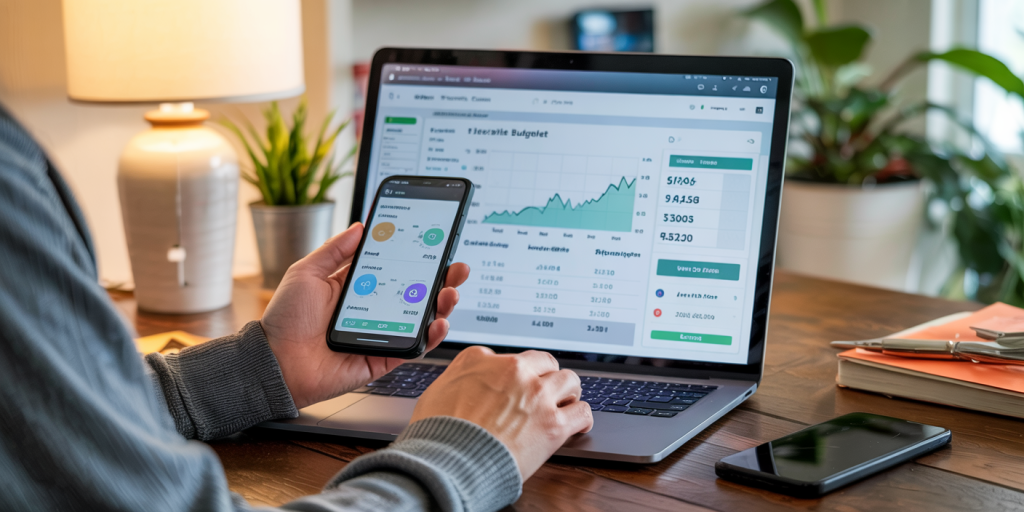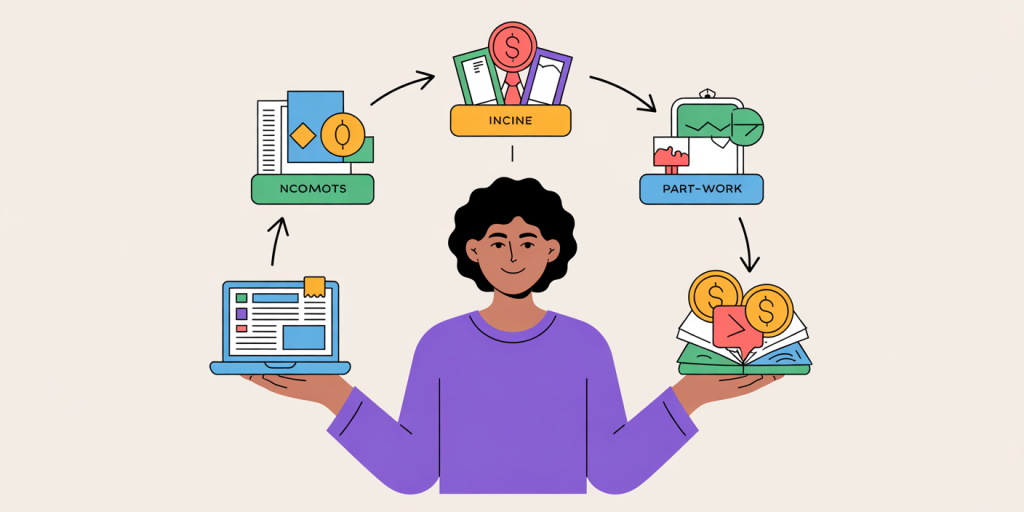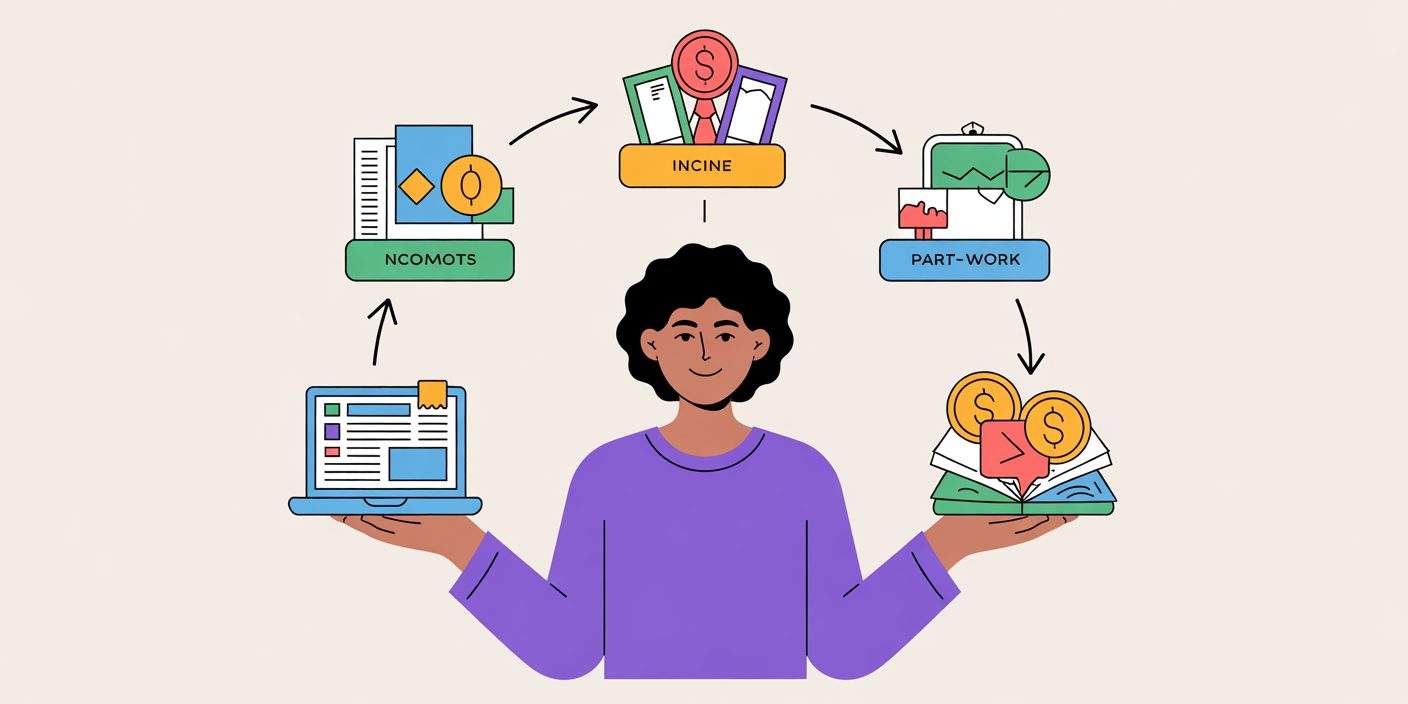How to Handle Irregular Income Like a Pro
Managing an irregular income can pose unique challenges compared to a stable monthly paycheck. Whether you’re a freelancer, entrepreneur, gig worker, or commission-based salesperson, fluctuating earnings can complicate budgeting, saving, and long-term financial planning. Yet, mastering income variability is possible with the right strategies and mindset. This article explores actionable ways to handle irregular income like a seasoned professional, backed by data, practical examples, and proven techniques.
Understanding the Dynamics of Irregular Income
Irregular income refers to earnings that lack a consistent amount or schedule. According to a 2023 report by Upwork, over 36% of the U.S. workforce participates in freelance or gig economy jobs, many of which pay irregularly. Unlike salaried employees, people with such income must contend with fluctuating cash flow, impacting their ability to meet monthly financial obligations.
Consider the case of Sarah, a freelance graphic designer whose monthly income ranges from $2,000 to $7,000. In some months, she may receive multiple high-paying projects, while others see slower client inflow. Without appropriate planning, this variability can create stress around bill payment and savings goals. Understanding that income irregularity is normal for certain professions is the first step in converting unpredictability into manageable cash flow.
Moreover, irregular income fundamentally shifts financial planning. Regular paychecks facilitate straightforward budgeting; irregular income requires flexibility and different tactics. Data from the Federal Reserve suggests that only 39% of Americans have enough savings to cover a $400 emergency expense, highlighting the risk for those with variable income streams lacking robust buffers.
Creating a Flexible but Structured Budget
One of the most effective ways to handle irregular income is to build a budget tailored to unpredictability. Unlike traditional zero-based budgets that allocate every dollar monthly, a nuanced approach involves basing your budget on the lowest expected income month. This gives you a baseline for necessary expenses.
For example, John is a real estate agent earning commissions that vary widely. His slowest months average around $3,500. John structures his budget to cover his essential expenses—rent, utilities, groceries, insurance—within that amount. Extra income in more lucrative months is earmarked for savings or discretionary spending.
Creating a categorized budget can aid in distinguishing fixed from flexible costs. Fixed costs like mortgage, car payments, and utilities must be prioritized. Discretionary expenses, such as dining out or entertainment, are adjusted according to income fluctuations. Tools like YNAB (You Need A Budget) or EveryDollar can help track and tweak budgets dynamically.

| Budget Item | Priority Level | Approach for Irregular Income |
|---|---|---|
| Rent/Mortgage | High | Must be covered by minimum monthly income |
| Utilities | High | Fixed essential costs |
| Food & Groceries | High | Prioritized, can be adjusted moderately |
| Transportation | Medium | Essential but flexible, consider cheaper options |
| Entertainment | Low | Adjusted or omitted in lean months |
| Savings | High | Funded after essential expenses, variable amount |
This approach prevents overspending during high-income months and ensures financial commitments are met even when income dips. According to a 2022 survey by the National Endowment for Financial Education (NEFE), people who budget based on minimum monthly income report 23% less financial stress, underscoring the effectiveness of this method.
Building an Emergency Fund Specifically for Variable Earnings
Creating a robust emergency fund is critical for anyone with irregular income. While financial advisors typically recommend saving three to six months of expenses, individuals with variable income may need to aim for at least six to nine months to account for periods of low or no income.
Take Maria, a freelance writer who experiences periodic dry spells. She set a goal of saving nine months’ worth of living expenses ($27,000) in a high-yield savings account to provide a cushion during slow months. According to Bankrate’s 2024 savings report, only 28% of Americans feel confident about their emergency funds, but growing the fund is even more essential when income is unpredictable.

Beyond size, accessibility matters. Funds should be liquid and separate from everyday banking to avoid temptation. Additionally, automating transfers in steady months helps build funds without extra effort. By prioritizing this savings, individuals like Maria can avoid resorting to credit cards or loans during downturns that could lead to long-term financial strain.
Diversifying Income Sources to Reduce Risk
Relying on a single irregular income source can increase financial vulnerability. To mitigate risk, diversifying income streams can bring greater stability and smoother cash flow. This strategy is endorsed by financial planners globally and supported by recent labor statistics.
James, a photographer, supplements his unpredictable photography gigs by selling prints online and conducting occasional workshops. This diversification provides more consistent monthly earnings, smoothing out fluctuations from seasonal spikes or client cancellations.
| Income Source | Pros | Cons |
|---|---|---|
| Primary Freelance Work | Potential for high earnings | Variable, seasonal fluctuations |
| Online Print Sales | Passive income, scalable | Requires upfront marketing effort |
| Workshops/Teaching | Consistent scheduling possible | Time-intensive |
| Part-time Employment | Predictable income | Limits freelance availability |
Diversification can also include passive income like dividends, rental property, or royalties from creative work. According to a 2024 study by the IRS, taxpayers with multiple income sources tend to have higher financial resilience during economic downturns.

Managing Taxes with Inconsistent Cash Flow
Tax preparation and planning can be more complicated with irregular income due to unpredictable taxable income and potential lack of employer withholding. Many freelancers and contractors are required to make quarterly estimated tax payments to avoid penalties.
Emma, a web developer with multiple clients, keeps detailed income and expense records throughout the year. She sets aside approximately 25-30% of her earnings for taxes based on tax brackets and self-employment obligations, as advised by the IRS.
Using financial apps like QuickBooks Self-Employed or TurboTax can help track and categorize income and expenses. The IRS also provides an online estimated tax calculator to help estimate tax liability on variable income. According to IRS data, about 60% of self-employed taxpayers who fail to pay quarterly estimated taxes face penalties, emphasizing the importance of diligent tax planning.
Consulting a tax professional familiar with irregular income and self-employment can uncover deductions related to home office use, equipment, mileage, and more, potentially reducing tax burdens.
Leveraging Technology and Tools for Financial Stability
Advanced technology and digital tools have revolutionized financial management, making irregular income easier to navigate. From budgeting to invoicing and savings automation, the right software streamlines money management.
For instance, Alex, a content creator, uses the following tools: Mint: For tracking spending and setting monthly budgets. WaveApps: For invoicing and accounting, providing visibility into late payments. Qapital: To automate savings toward multiple goals according to income spikes.
These platforms offer real-time data and trend analysis, empowering users to make informed decisions. In addition, apps that send reminders for bill payments or tax deadlines reduce the risk of missed obligations.
Research published by Deloitte in 2023 shows that 74% of workers with irregular income who use financial technology report feeling more in control of their money, demonstrating how embracing digital solutions can improve financial outcomes significantly.
Preparing for the Future: Trends and Strategies
As the gig economy continues to grow—projected by Statista to reach over 57 million U.S. workers by 2027—the number of individuals dealing with irregular income will increase. Future financial planning for these workers will likely focus more on flexible financial products, tailored savings vehicles, and fintech innovations.
Banks and lenders are beginning to offer income-smoothing loans and customizable credit products that accommodate variability, reducing stress on borrowers. Additionally, employer platforms and apps are exploring instant payment options, enabling workers to access earned income anytime.
On the personal finance front, emerging trends highlight the importance of financial literacy tailored for irregular income earners, including community-based support, coaching, and education. Integrating behavioral science insights to curb overspending during peak-income months can also lead to better financial health.
In the coming years, leveraging artificial intelligence and machine learning may create predictive models enabling individuals to forecast income dips and adjust budgets and savings proactively. Tools that integrate tax planning, cash flow monitoring, and diversification advice will further empower irregular income professionals to build wealth sustainably.
Handling irregular income need not be a source of anxiety or instability. By understanding income patterns, creating flexible budgets, building solid emergency funds, diversifying earning streams, managing taxes proactively, and embracing financial technology, individuals can expertly navigate fluctuating cash flow. As economic landscapes evolve, staying adaptable and informed will be the cornerstone of financial success for anyone living with irregular income.
